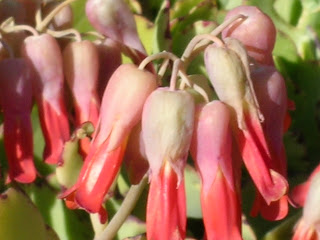



So many people find Anise Swallowtail caterpillars on fennel, which is a weed imported from Europe. Nobody documented introductions at that time, but probably missionaries brought it over to eat. Even now, fennel bulbs are available at the grocery stores around here. It has a nice mild licorice flavor. It is great cooked or fresh.
But what did the caterpillars eat before the missionaries arrived? Lomatium and Yampah. The close relationship between fennel and lomatium is clear. They both have highly divided leaves and flat-topped clusters of flowers. In addition, they are both edible. Lomatium is sometimes known as Biscuit Root because Native Americans turned it into mush and then made dried cakes which could be easily stored and consumed later.
Swallowtails must have had fewer generations per season before they started eating fennel because lomatium and yampah have a much shorter growing season. Around here, I can find caterpillars on fennel in August when the lomatium is all dried up.
Swallowtails overwinter as chrysalides (chrysalises) and sometimes they spend several years as a pupa. Some people say that this is because they get confused with a food plant being available for a much longer season. Others say that it is an adaptation to drought that was common before fennel came on the scene. In some years in California there is so little water that the lomatium doesn't have enough leaves to feed the caterpillars. So a few emerge every year, thus hedging their bets, so at least some of the females find healthy plants on which to lay eggs.
I took the insect pics years ago.But the Lomaium pics are recent and it is in bloom now at the oak knoll in the UC Botanical Garden.
(host plant)


 Sweet Garlic is in the onion family, but it is not an onion or garlic which are in the Allium genus. This plant is closely related and is edible, but people don't seem to eat it much anymore. At one time it was considered the more "genteel" seasoning because it doesn't cause garlic breath the way real garlic does.
Sweet Garlic is in the onion family, but it is not an onion or garlic which are in the Allium genus. This plant is closely related and is edible, but people don't seem to eat it much anymore. At one time it was considered the more "genteel" seasoning because it doesn't cause garlic breath the way real garlic does.

















































